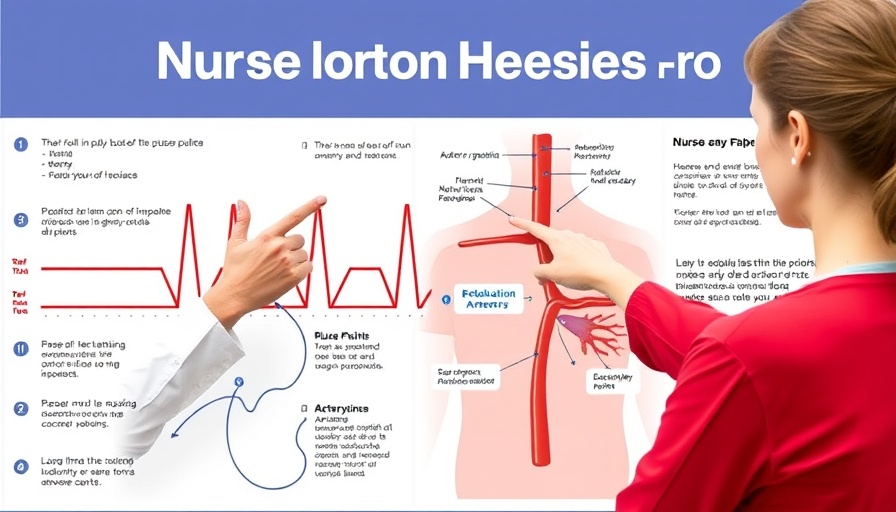
The Vital Role of Lincosamide Antibiotics in Infection Control
In a world where antibiotic resistance looms large, understanding the pharmacology of antibiotics like lincosamides is critical for healthcare providers. Lincosamides, particularly clindamycin, offer significant therapeutic options, especially for tackling gram-positive infections and anaerobes. These versatile medications are especially useful for conditions like MRSA skin infections and various dental infections.
In Lincosamide Pharmacology Nursing Antibiotics NCLEX Review (Clindamycin), key insights on the roles and considerations of lincosamide antibiotics are shared, prompting us to explore their implications in nursing practice.
How Clindamycin Works: A Spotlight on Mechanism
Clindamycin works by inhibiting protein synthesis within bacterial cells. It effectively targets the ribosomal subunit 50S, leading to either a bacteriostatic or bactericidal effect, depending on the dosage used. This mechanism of action highlights the importance of dosing in maximizing therapeutic effects while minimizing the risk of resistance.
Considerations for Patients: Liver Health and Side Effects
Nurses and nursing students must be aware that lincosamides can significantly impact liver function, making monitoring essential, particularly in patients on prolonged courses of treatment. Offering clindamycin with food can help alleviate common gastrointestinal side effects, such as nausea and vomiting. Importantly, awareness of the risk for Clostridium difficile (C. diff) infections is vital, as these infections can arise with antibiotic use. Prompt recognition of symptoms like foul-smelling diarrhea can lead to faster interventions.
Implications for Nursing: Practical Insights
For nursing professionals, clindamycin serves as a valuable alternative for patients allergic to penicillin. This is crucial in addressing infections where first-line antibiotics may not be an option. Understanding drug interactions, administration routes (IV, PO, topical), and patient education about the importance of hydration with oral doses are all integral in ensuring safe patient care and effective treatment outcomes.
Moving Forward: The Impact of Education
As healthcare providers in East Africa continue to face challenges related to infectious diseases, the emphasis on proper education regarding antibiotics like clindamycin cannot be overstated. Continuous online learning through platforms can enhance nursing knowledge, leading to improved patient safety and care quality.
 Add
Add  Add Row
Add Row 




Write A Comment